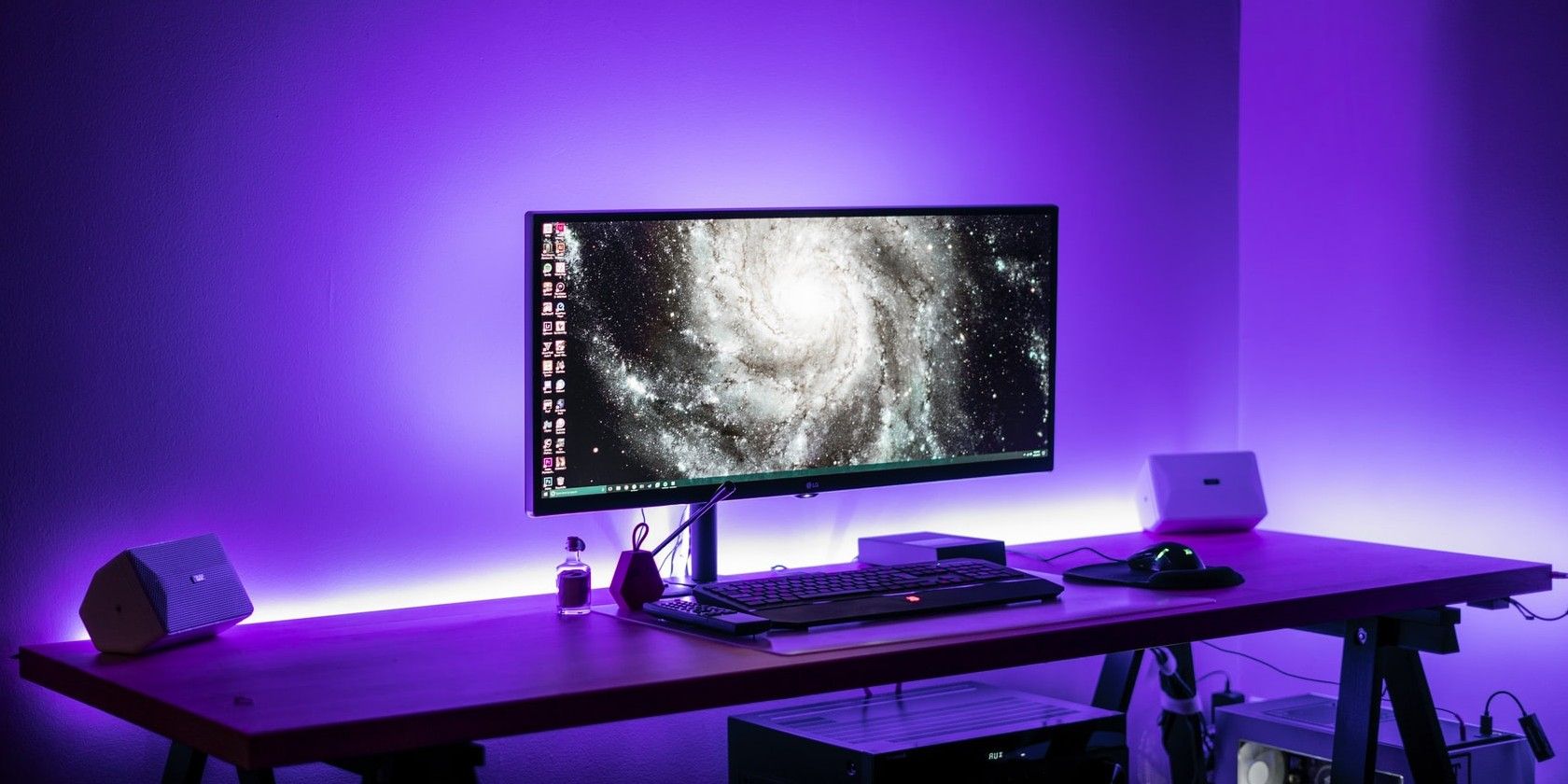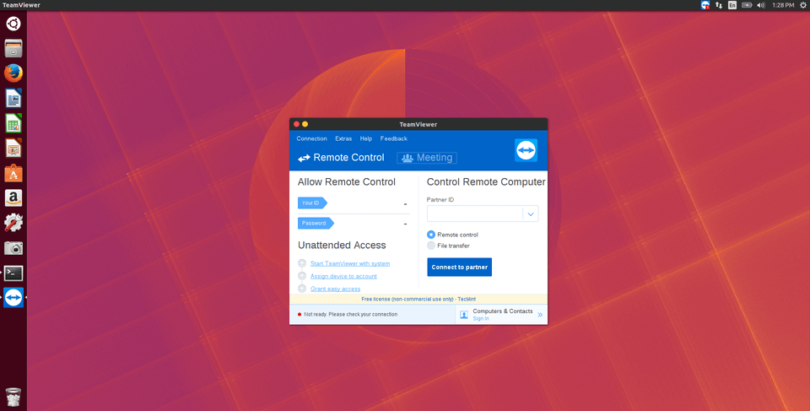

Whether you’re a long-time Fedora user or someone new to the distribution, there’s a lot to really like about this iteration (a lot that you probably won’t ever see or realize is there). With the addition of GNOME 3.38, Fedora makes the case that a release without much in the way of anything obviously shiny can still be absolutely fantastic. That probably won’t affect many desktop users, but it’s an important change nonetheless.įinally, Fedora 33 replaces the old swap partition with zRAM, which goes a long way to improving the performance of the system. Fedora 33 also makes the switch to systemd-resolved for DNS name resolution. Fedora has only added the core features for Btrfs, but more will come. With this new file system, users gain transparent compression and copy-on-write. One of the biggest improvements Fedora made was to leave behind the aging ext3/4 file system in favor of Btrfs. Fedora 33 managed to make bland incredibly good. It’s been a while since Fedora has made its way to this list for me, but now is the perfect time. Pop!_OS is a desktop distribution that anyone can immediately appreciate and enjoy. If you’re not a fan of tiling window managers, you don’t have to ever bother with it. With the click of a button, you can switch between a regular GNOME desktop or a tiling version. If you’re a fan of tiling window managers, Pop!_OS gives you the best of both worlds.


One of the more important bits is the tiling extension they’ve added. What is great about Pop!_OS 20.10 is that it refines a number of the pieces that were released in 20.04. This desktop operating system will perform well on any desktop or laptop–it’s just something very special on a System 76 machine. That doesn’t mean you have to use Pop!_OS on System 76 hardware. I’m not comparing Pop!_OS to macOS, this is about the synergy of hardware and operating system. The Pop!_OS/Thelio (or any other System 76 system) combination is as close as you’ll get to the Apple ecosystem on Linux. Why? Pop!_OS has the benefit of being based on Ubuntu Linux while adding just the right amount of System 76 goodness to make it really sing on the System 76 hardware. When I migrated from the Leopard Extreme to a Thelio, that did not change. Pop!_OS has been my distro of choice since I purchased my first System 76 desktop. Even though 20.10 doesn’t get support until 2026, by the time the next release arrives, you’ll be ready for the next iteration and still have a few months of support left. With unrivaled hardware support and an ever-growing user base, you cannot go wrong with Ubuntu. Like just about every year prior to 2020, Ubuntu is still one of the most user-friendly operating systems on the planet. With the scale-aware sizing of the application grid, the ability to more easily reorganize the grid, better fingerprint reader support, high precision touchpad scrolling, and a cleaned up default theme, Ubuntu 20.10 is a remarkable desktop operating system. That’s saying something, given how reliable GNOME already was. The most recent release of GNOME brought the desktop environment to a level of performance and reliability it had yet to experience.

Although this is a short term support release, I decided to add it over the most recent Long Term Support release because of GNOME 3.38. Year after year, it not only just works, it never fails to impress, and Ubuntu 20.10 didn’t disappoint. SEE: Linux service control commands (TechRepublic Premium) Ubuntu 20.10 Such is the case with this year’s candidates. But who knows what next year will bring? Besides, the one thing you can count on with the Linux community is that they are always working hard to develop something new and impressive. And this year, it’s even harder because some of the usual candidates have fallen by the wayside. With the exception of a couple of distributions, this is never an easy task. In the end, I have to claim a few of the vast number of distributions to be somehow above the rest. It may not be perfect (no operating system is), but it’s still Linux, which means you’re working with a desktop platform that’s flexible, reliable, and fun to use. Why? Because you are using an operating system that is superior in many ways. The very fact that you are using Linux on the desktop should be reward enough. I’m going to say this up front: Chances are pretty good your distribution isn’t on this list. It’s time to crown the best of the best Linux desktop distributions for 2020. Master Linux and Docker before the next Linux adoption boomĬhecklist: Essential support sites for Linux admins Why your open-source project definitely should not be the next Kubernetes The future of Linux: Fedora project leader Matthew Miller weighs in Jack Wallen lays out his favorite Linux desktop distributions for 2020.


 0 kommentar(er)
0 kommentar(er)
